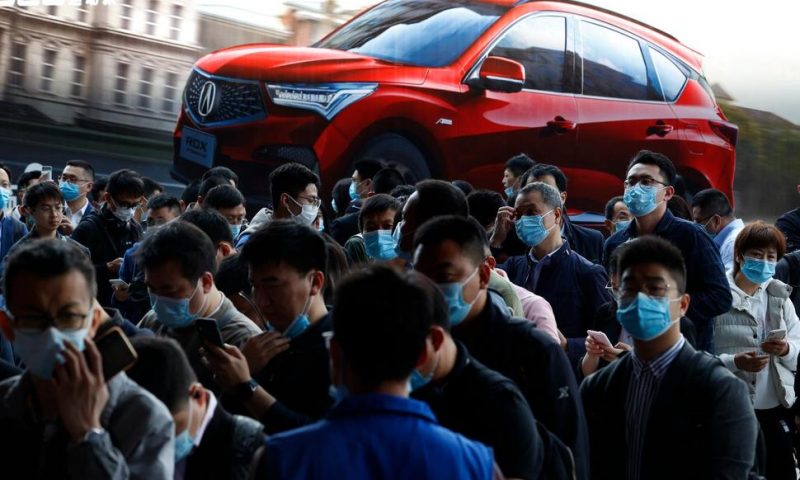The United Nations has responded to the rebounding Chinese and U.S. economies by revising its global economic forecast upward to 5.4% for 2021.
UNITED NATIONS — The United Nations on Tuesday responded to the rebounding Chinese and U.S. economies by revising its global economic forecast upward to 5.4% growth for 2021, but it warned that surging COVID-19 cases and inadequate availability of vaccines in many countries threaten a broad-based recovery.
n raising its projection from January of 4.7% growth, the U.N.’s mid-2021 World Economic Situation and Prospects report pointed to the rapid vaccine rollout in a few large economies led by the U.S. and China and an increase in global trade in merchandise and manufactured goods that has already reached its pre-pandemic level.
But the U.N. cautioned that “this will unlikely be sufficient to lift the rest of the world’s economies,” and “the economic outlook for the countries in South Asia, sub-Saharan Africa and Latin America and the Caribbean remains fragile and uncertain.”
Lead author Hamid Rashid, chief of the Global Economic Monitoring Branch in the U.N. Department of Economic and Social Affairs, told a news conference that “Europe’s outlook is not as bright as we expected” because of signs of second and third waves of COVID-19 infections.
“The key challenge we face in the world right now is that infections are still rising in many parts of the world, and we are seeing new variants and new mutations affecting large populations in South Asia, also in Latin America,” he said. “That poses a significant challenge in terms of the recovery and world economic growth.”
Rashid said: “Vaccination is probably right now the number one issue to put the world economy on a steady path of recovery.” He noted, however, that “vaccine inequity is a serious challenge.”
In normal times, he said, 5.4% would be considered a very high economic growth rate, but this year it is barely offsetting last year’s losses and growth is “very uneven and also very uncertain.”
He said the U.N. expects the U.S. economy, which is very strong, to grow about 6.2% this year, “the fastest growth of the U.S. economy since 1966,” and it expects the Chinese economy to grow by about 8.2%.
But he called India, Brazil, South Africa and many other developing countries “weak spots.”
Rashid said that in the past the growth rate of developing countries would be higher than the global average, but this year the average growth rate of many developing countries and regions is lower because of the pandemic.
One of the key drivers of economic recovery has been investment, he said, with some countries like the U.S. seeing only a 1.7% drop in investment last year while some developed countries saw investment drop by 4% of GDP or even more.
The $16 trillion in stimulus to counter the economic impact of the coronavirus pandemic “was much needed to avoid a complete meltdown of the global economy,” Rashid said, “but that has not led to massive increase in investment.”
He warned that the “massive surges in stock market prices globally” are creating “something of a financial stability risk worldwide, and we have to be vigilant about that risk as that could also derail the recovery efforts going forward.”
Rashid said the U.N.’s forecast of 5.4% growth this year is far more cautious than other international organizations, including the International Monetary Fund, which last month revised its 2021 projection upward to 6%.
“We’re still optimistic about the global economy,” Rashid said, but “there are a lot of uncertainties that we underscored in our report, especially the spread of vaccination and coverage that needs to happen in the next six months to achieve that kind of growth rate that we project here.”
For 2022, the U.N. forecast that the global economy will grow by about 4.7% is higher than the IMF’s projection of 4.4%.

